Are you intimidated by the idea of servicing your own bike? Rest assured, these 10 tips will help you break the ice or make you a better mechanic.
(Please note that the article was written by an experienced rider. If you’re unsure about servicing your bike, it’s best to have a professional mechanic do it for you.)
Perhaps your bike has been in storage and you’ve just now been able to get it out. Perhaps you’ve had access to your bike but are waiting for the double-digit temperatures finally to arrive. Perhaps, like me, you’ve been busy at work and home amid the chaos that is Covid-19. Whatever the reason, there are a lot of people getting their bikes out of storage now and preparing them for the new season.
If you are looking to learn more about servicing your motorcycle, here are a few tips to get you started. I’m not going to get into the specifics of servicing your particular bike because even the most basic jobs have some variance, but I’ll offer some more general tips on getting started.
Start simple.
Most of us start with an oil change, then move on to changing the coolant, the brake fluid, and the brake pads. The more you do, the more your confidence grows, and you will soon find yourself tackling bigger jobs.
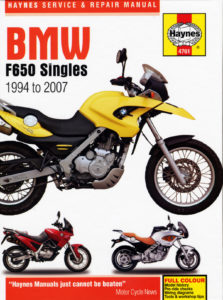
Get a service manual.
Your bike may have come with a maintenance booklet but that is no replacement for a complete service manual. Your service manual provides you with step-by-step instructions with photos and is a good security blanket for when you tackle something new. I’ve used Haynes manuals for years on my bike and car and I like them, but there are other options. Some are even available as a pdf, so you can have it on your phone should you need it while on the road.
Go slowly and methodically.
There’s a reason why that manual lays the job out in a series of steps. Lay parts out in the order they came off, placing bolts and other small parts in plastic sandwich bags labelled with a Sharpie. Connectors that can’t be removed should be labelled with masking tape. Also, take a photo before removing anything so you have a reference for how it’s supposed to look when put back. It’s relatively easy to pull things apart; it’s much harder to put them back together, so labeling, photos, and a tidy workshop are crucial.
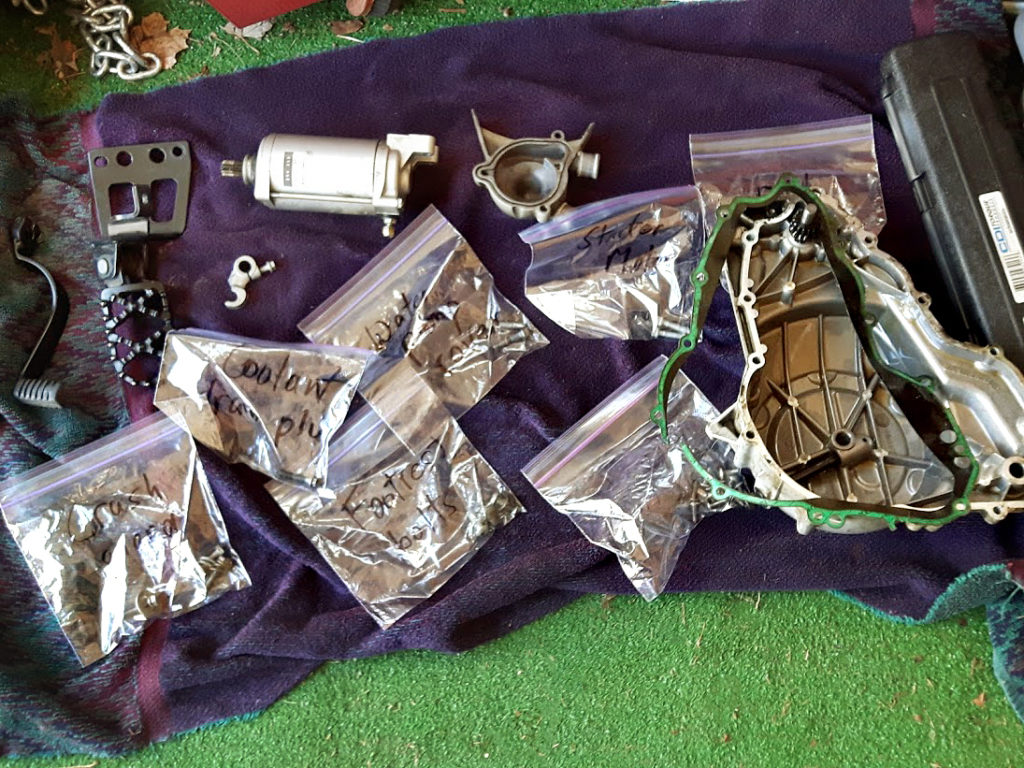
Keep calm.
It may sound silly, but on a related note, don’t forget to breathe! When I start a new job, I find myself sometimes rushing in a nervous reaction to concern. I’m worried that I’m going to make a huge mistake that will cost me dearly, but this fear, and certainly the reaction to it, are largely unfounded and counterproductive. So now I make a conscious effort to monitor my emotions and to slow myself down. You might have a different reaction to anxiety. My point is that monitoring and controlling your emotions is an important part of being a good mechanic.
Take a break.
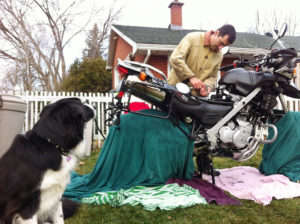 When things go badly, take a break. Maintenance is largely problem solving. You are going to come up against snags, obstacles, issues that aren’t mentioned in your manual. Your task is to get creative and find a way to solve the problem. Again, take your time. There are several ways to approach a problem and you want to consider them all first and then start trying them one at a time, from best to worst. The last thing you want to do is get frustrated and lose your cool because, take it from me, the situation can quickly become worse. So step back, go put the kettle on, maybe even sleep on it. Sometimes the solution comes to you at the strangest times.
When things go badly, take a break. Maintenance is largely problem solving. You are going to come up against snags, obstacles, issues that aren’t mentioned in your manual. Your task is to get creative and find a way to solve the problem. Again, take your time. There are several ways to approach a problem and you want to consider them all first and then start trying them one at a time, from best to worst. The last thing you want to do is get frustrated and lose your cool because, take it from me, the situation can quickly become worse. So step back, go put the kettle on, maybe even sleep on it. Sometimes the solution comes to you at the strangest times.
Get tips on a forum.
Find a forum dedicated to your bike. When I’m stumped or just need some reassurance, I turn to The Chain Gang, an online forum of thousands of users of my BMW 650GS and its variants (the first chain-driven Beemer). You can have the most esoteric issue you think possible and hesitate to post your query, it sounds so ridiculous, but someone always answers within minutes, attesting that they too had that problem and here’s how to solve it. I’m always amazed. Sometimes I’ll read about other users’ woes so I’m aware when that happens on my bike. It’s like preventative medicine.
Learn from videos.
If the service manual and user forum aren’t enough, YouTube is an excellent resource. The first time I went to change the coolant on my bike, I did a search and found a video of someone doing that very job on my bike model! You don’t always get that lucky, but even watching someone do the job on another bike is informative. And then there are videos on generic maintenance skills, like troubleshooting electrics (i.e. practising the dark arts), or welding with plastic, or how to remove and tap a stripped bolt.
Buy good tools.
You will have your tools for life if you’ve bought good ones, so you might as well. There’s a world of difference between a quality tool and a cheap tool (I’ll avoid a comparative analogy to bike brands, for obvious reasons), and one could even make an economic argument for spending a little more if it ends up saving you time. You’ll want at least one quality torque-wrench so you don’t over or under tighten fasteners. (Another reason to get a service manual is that it has all the torque specs you’ll need at the start of the chapter on a given job.) Keep your essential tools in a tool roll that you can take on the road with you. Then you know you have everything you need in the event of a problem on the road. There are excellent handlebar, crash bar, or tail bags available for this purpose. I would not advise putting tools in a tank bag as the weight can damage plastics.
Cover the basics.
As a general rule of thumb (if you’re riding, say, 10,000 km a year), you should change the coolant, brake fluid, oil and oil filter, air filter, and spark plugs every year. Today’s spark plugs can go longer if needed, but they are cheap and easy to change. Always go with the OEM (Original Equipment Manufacturer) plugs; these machines are engineered to very high specs and you don’t want to second-guess the trained and experienced engineer who built your engine, do you? Tire pressure should be checked regularly so certainly when the bike comes out of storage.
Be careful with modifications.
Most breakdowns are the result of either electrical failure or the addition of farkles. Be prudent with your modifications. The bike has received hundreds if not thousands of hours of testing by the manufacturer and is designed to run reliably for a long time. We really are living in the golden age of reliability. And if you find yourself with a little free time during this quarantine, consider systematically unplugging and cleaning each of your electrical connections if your bike is a little old, like mine. I spray an electrical contact cleaner into the plug, then add a dab of dielectric grease to the contacts before reattaching.
If there is noticeable corrosion on a point of contact, use a little 600 grade wet-dry emery paper to clean it up before proceeding. Doing this preventative maintenance in the quiet of your garage will save you 90% of your breakdowns on the road. As always, it’s a good idea to detach the battery before working on the electrics. Remember: always remove black first, then red. Reverse order to reattach.
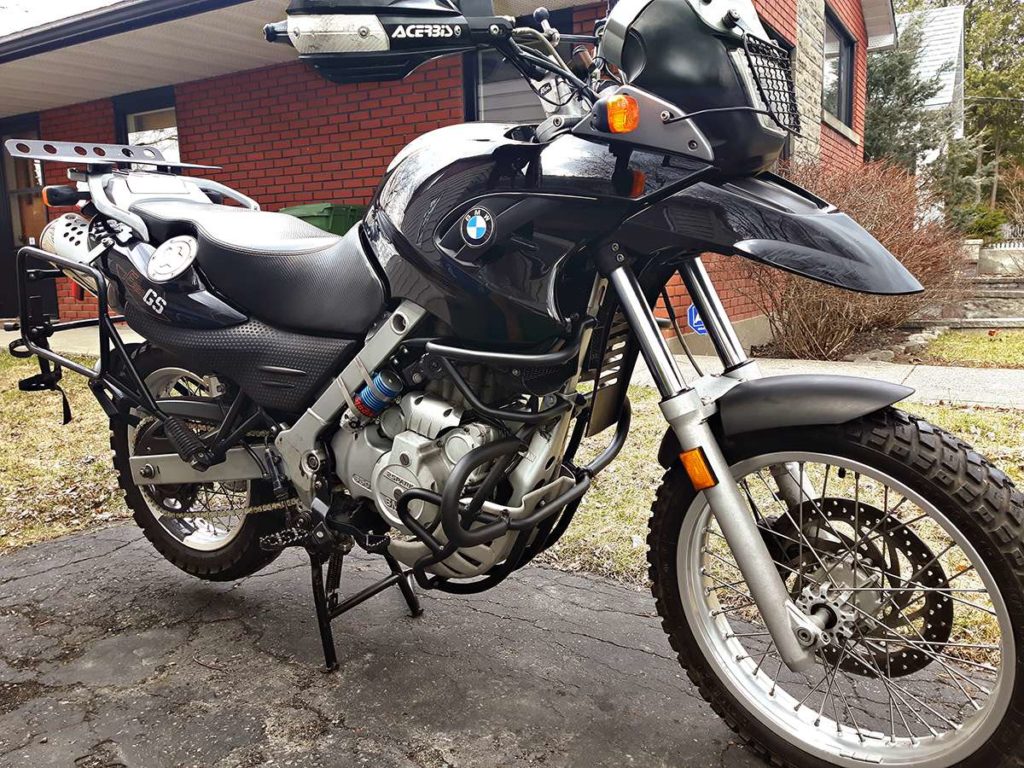
I hope this article encourages you to start doing a little work on your machines. It will save you a lot of money, for sure, but there is the added benefit of learning about your bike and becoming more likely able to fix it on the road. But the best reason to work on your bike is that it’s fun. I’m going to give the last word to my dad, who did all his own maintenance and once said to me, “I’m glad you’re doing your own maintenance. That’s half the fun of owning a bike.”


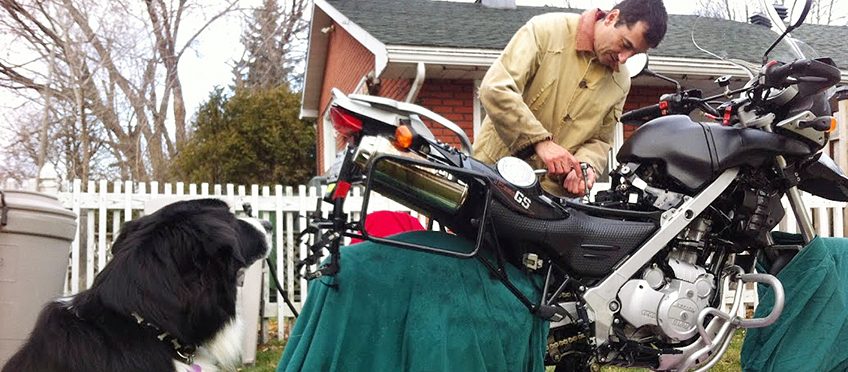
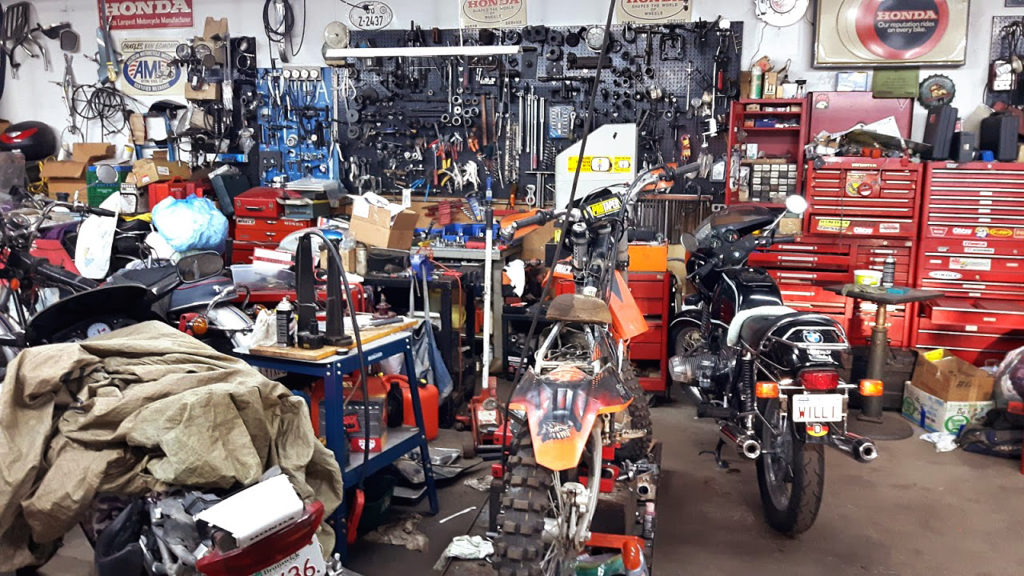






What Happening I’m new to this, I stumbled upon this I have found It positively useful and it has helped me out loads. I hope to contribute & aid other users like its helped me. Good job.
Thanks! I’m glad you found it helpful. Enjoy your wrenching.